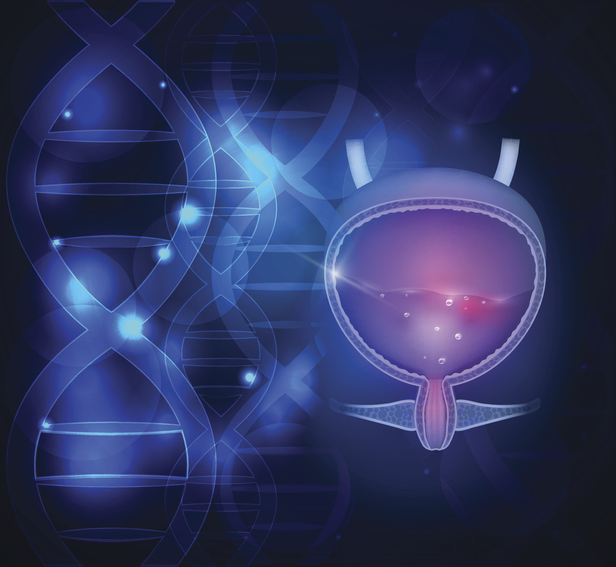By Lynda Williams, medwireNews Reporter
medwireNews: Measuring levels of urinary DNA methylation may offer a novel and noninvasive test for urothelial cancer, study findings suggest.
“Currently, urine cytology testing is the most cost-effective method to diagnose high-grade bladder cancer”, say In Gab Jeong (University of Ulsan College of Medicine, Seoul, Republic of Korea) and co-authors in JAMA Oncology.
They explain that cytology has high specificity but “suboptimal” sensitivity, while newer tests, such as the commercially available nuclear matrix protein (NMP)22 test, have “low sensitivity, high test failure rates, and time- and cost-intensiveness.”
Recognising that methylation of the PENK gene in urinary sediments has been shown to be a “promising biomarker”, with high urinary sensitivity and specificity for bladder cancer in patients with haematuria, the team compared the three tests using urine samples from 1099 patients scheduled to undergo cystoscopy for microscopic or gross haematuria.
The majority of the participants were men (55.9%) and the average age was 65 years. Transurethral resection of detected tumours led to confirmed urothelial cancer diagnoses in 219 patients, 176 of whom had high-grade or invasive bladder cancer.
The urinary DNA methylation test was 78.1% sensitive for bladder cancer and 89.2% sensitive for high-grade or invasive bladder cancer, with corresponding specificities of 88.8% and 87.8%.
For detection of high-grade or invasive bladder cancer, the positive predictive value was 61.3%, which the researchers describe as being “suboptimal”, whereas the negative predictive value was “excellent” at 97.6%.
“In comparison with the NMP22 test or urine cytology test, the urinary DNA methylation test showed significantly superior sensitivity for high-grade or invasive bladder cancer and overall bladder cancer”, Jeong et al report.
For example, for high-grade or invasive bladder cancer, the NMP22 test was 51.5% sensitive and 91.9% specific, while the urine cytology test was 39.7% sensitive and 99.5% specific. And this remained true in sensitivity analyses considering patients by sex, type of haematuria and smoking status.
“Changes in DNA methylation patterns are a characteristic of both the initiation of cancer and its progression, influenced by factors like age and smoking”, the authors comment, noting that the DNA methylation test had a “robust performance” that was “consistent” despite these confounding factors.
When the urinary DNA methylation test was combined with the NMP22 or urine cytology tests the sensitivity for high-grade or invasive bladder cancer was 91.8% and 90.2%, respectively, with corresponding specificities of 81.6% and 87.6%. And when all three tests were combined, the analysis was 92.4% sensitive and 81.5% specific for high-grade or invasive disease.
“Combining the NMP22 or urine cytology test with the urinary DNA methylation test increased sensitivity by approximately 3% while decreasing specificity by around 6%”, the team summarises, adding that “[c]onsidering the cost of these tests, the clinical benefit of combining them is constrained.”
News stories are provided by medwireNews, which is an independent medical news service provided by Springer Healthcare Ltd. © 2025 Springer Healthcare Ltd, part of the Springer Nature Group
JAMA Oncol 2025; doi:10.1001/jamaoncol.2024.6160

